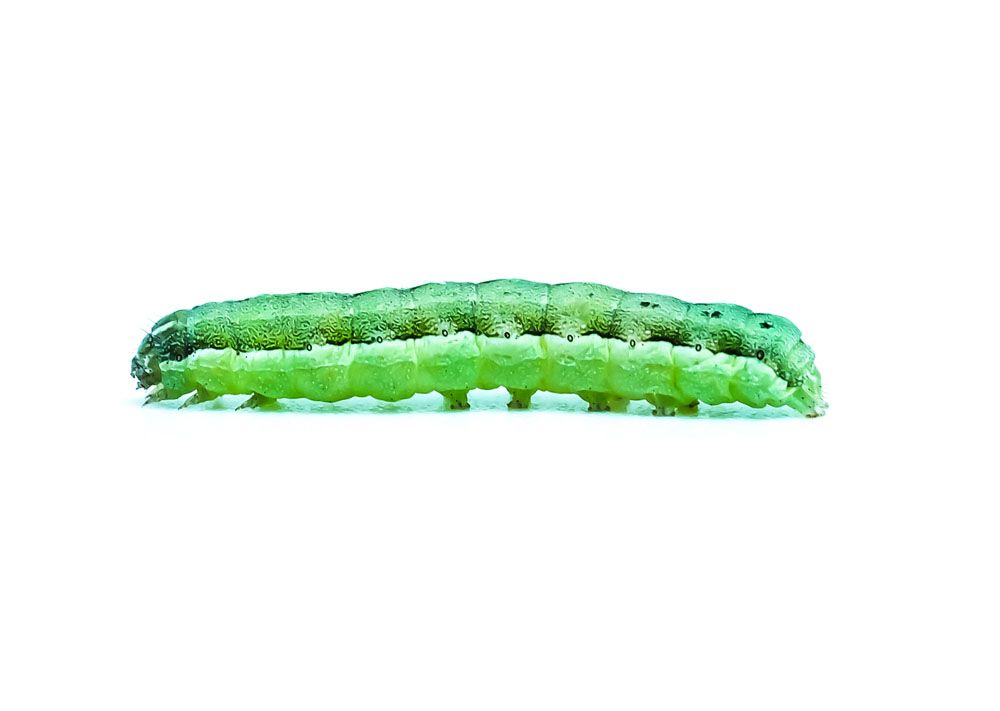
Beet Armyworm – Spodoptera exigua
Beet Armyworm
Scientific Name: Spodoptera exigua
Common Name: Beet armyworm, small mottled willow moth, asparagus fern caterpillar
Appearance: Beet armyworm is a brownish-grey moth ranging in size from 25 to 30mm. The adults have irregular banding and spots on the body. Its forewings are darker, while the hind wings are white or light grey in colour. The larva has a thick, projecting body with longitudinal stripes all over.
Host Plants or Food: They are herbivores and majorly feed on flowers and vegetable crops. This includes cabbage, onions, cotton, sunflowers, soybean and a lot more.
Territory: Throughout North America, Asia, Australia, Europe, USA.
Mode of Damage: It is a leaf chewer as well as a fruit feeder, with prime sources being cotton and cabbage. The larvae chew holes in the foliage and skeletonise it, leaving behind the veins only.
Habits and Life History:
Beet armyworm is a widespread agricultural pest with a wide variety of host plants, including cabbage, onions, and beans. Hence, it is mainly found in fields and crops.
Being a tropical insect, it cannot survive cold temperatures and usually overwinters during the winter season.
The female is capable of producing 500 to 600 eggs and lays them off in clusters of 50 to 150 eggs on the underside of the leaves. They are also covered with scales giving the eggs a woolly appearance.
The larva hatches out of the eggs and further pupates in the soil by constructing a protective shelter from the soil particles.
It completes a single lifecycle in about 24 days and may produce generations per year.
